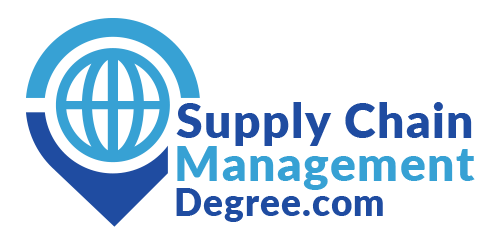Enhancing Supply Chain Visibility with Advanced Tracking Technologies
In today’s globalized economy, supply chain visibility has become a critical factor for businesses aiming to maintain competitive advantage, enhance customer satisfaction, and ensure operational efficiency. The ability to monitor and manage every aspect of the supply chain in real-time not only reduces risks but also improves decision-making and responsiveness. This blog explores the importance of visibility in the supply chain and how advanced tracking technologies like RFID, GPS, and advanced analytics are revolutionizing this domain.
The Importance of Supply Chain Visibility
Improved Efficiency and Cost Reduction: Visibility enables businesses to streamline operations, reducing delays and inefficiencies. By having real-time data, companies can optimize routes, manage inventory levels more effectively, and avoid unnecessary costs associated with overstocking or stockouts.
Enhanced Customer Satisfaction: Customers today demand transparency and quick, accurate information about their orders. High visibility allows businesses to provide real-time updates on the status of orders, thereby enhancing customer trust and satisfaction.
Risk Management: Supply chains are vulnerable to various disruptions, from natural disasters to geopolitical tensions. Real-time visibility helps businesses quickly identify and respond to potential disruptions, mitigating risks and maintaining continuity.
Better Decision Making: Access to real-time data and comprehensive insights allows supply chain managers to make informed decisions. Whether it’s about rerouting shipments to avoid delays or adjusting production schedules based on demand forecasts, visibility is key to proactive management.
Advanced Tracking Technologies Enhancing Supply Chain Visibility
Radio Frequency Identification (RFID):
RFID technology uses electromagnetic fields to automatically identify and track tags attached to objects. Unlike traditional barcodes, RFID tags do not require line-of-sight to be read, making them highly efficient for inventory management.
Real-Time Inventory Tracking: RFID allows for continuous, real-time tracking of inventory, providing precise data on stock levels and locations. This reduces the risk of stockouts and overstock situations.
Improved Accuracy: By automating the data collection process, RFID significantly reduces human errors, ensuring more accurate inventory records.
Enhanced Security: RFID can help prevent theft and loss by tracking the movement of goods through the supply chain.
Global Positioning System (GPS):
GPS technology enables real-time tracking of shipments and vehicles, providing critical data on location, speed, and estimated arrival times.
Route Optimization: GPS allows for dynamic route planning, helping drivers avoid traffic congestion and reduce delivery times.
Improved Delivery Accuracy: Real-time location tracking ensures accurate delivery estimates and reduces the likelihood of lost or delayed shipments.
Increased Transparency: GPS provides visibility into the exact location of goods in transit, enhancing transparency for both businesses and customers.
Advanced Analytics:
Advanced analytics involves the use of big data, machine learning, and artificial intelligence to analyze vast amounts of supply chain data and generate actionable insights.
Predictive Analytics: By analyzing historical data, advanced analytics can predict future demand trends, enabling better inventory planning and reducing the risk of stockouts.
Anomaly Detection: Machine learning algorithms can detect anomalies in the supply chain, such as unusual delays or deviations from standard processes, allowing for quick intervention.
Performance Optimization: Advanced analytics provides insights into various aspects of the supply chain, helping businesses identify bottlenecks and optimize performance.
Real-World Applications
Several leading companies have successfully implemented these advanced tracking technologies to enhance their supply chain visibility:
- Walmart: The retail giant uses RFID technology to track inventory in its stores, improving stock accuracy and reducing the time needed for inventory audits.
- Amazon: Known for its efficient logistics, Amazon leverages GPS and advanced analytics to optimize delivery routes and provide real-time tracking updates to customers.
- Maersk: The global shipping company uses IoT sensors and advanced analytics to monitor the condition and location of its containers, ensuring timely and safe deliveries.
In an era where supply chain disruptions can have significant consequences, enhancing visibility through advanced tracking technologies is not just a competitive advantage but a necessity. RFID, GPS, and advanced analytics are transforming the way businesses manage their supply chains, providing real-time insights, improving efficiency, and ensuring customer satisfaction. As these technologies continue to evolve, the future of supply chain visibility promises even greater transparency and operational excellence.
Investing in these technologies today can help businesses build a resilient, responsive, and customer-centric supply chain for tomorrow.



